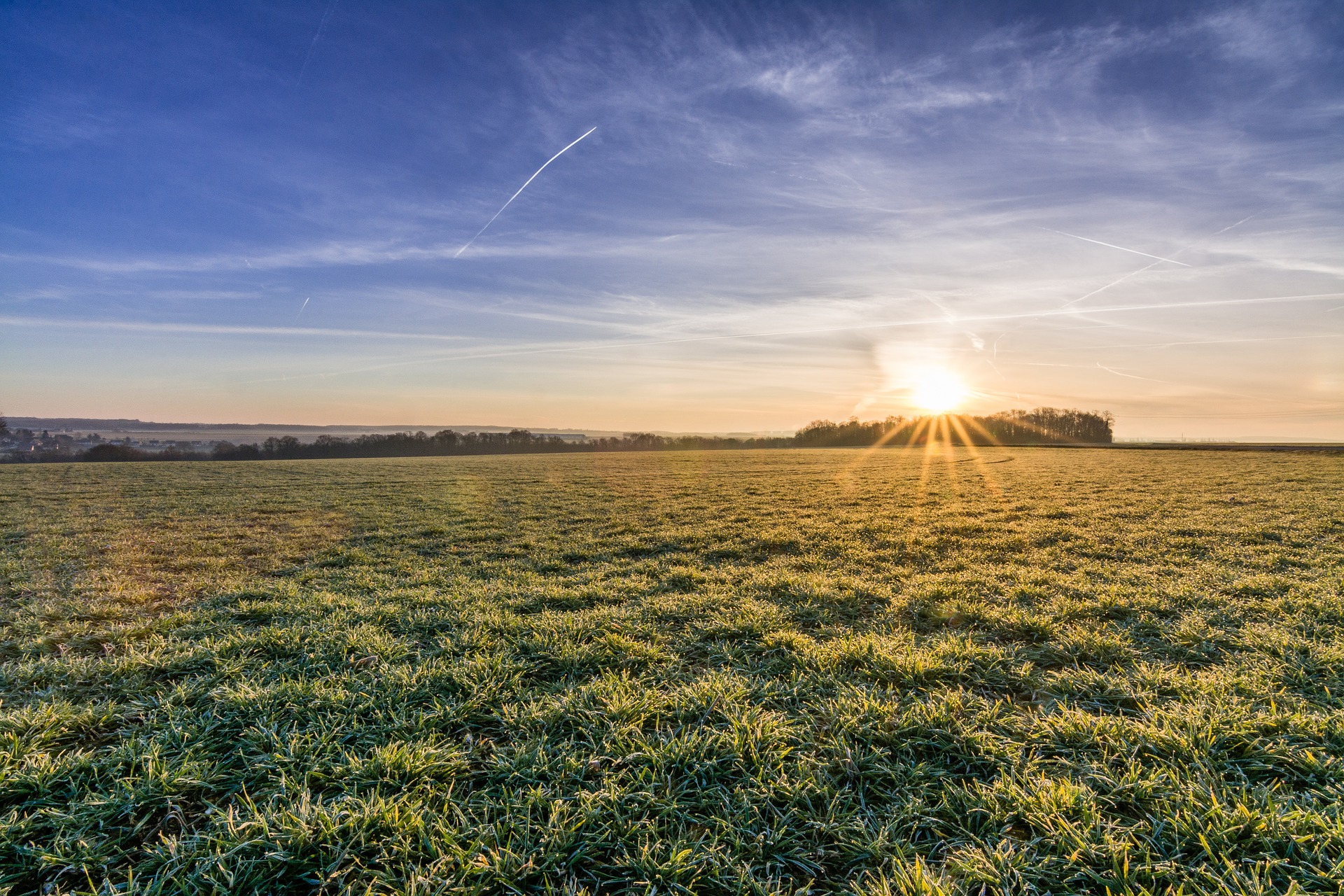The low-pressure system “Costa” is making for a very changeable turn of the year this year. Everything from spring-like temperatures to rain and snow.
The year 2023 is slowly but surely drawing to a close. However, the outlook for New Year’s Eve is pretty mixed. In the foehn-like Montafon and south-east of Styria, the thermometer rises to 12 degrees during the day; towards the evening, the low-pressure system “Costa” ensures that it then clouds over in the west and south and rain sets in from Vorarlberg to Carinthia, with the snow line dropping to 700 meters.
So there won’t be any fireworks in front of a starry sky in most of the country this year. The best places to pop the corks are in Burgenland and south-eastern Styria, as well as in Vorarlberg and the Tyrolean Oberland. Especially towards the Rhine Valley, there is a realistic chance that the rockets will share the night sky with the stars and the moon. The thermometers at midnight will show between 0 degrees in the higher Alpine valleys and +8 degrees in the south-east.
Monday, New Year’s Day, will begin cloudy in the country’s eastern half and still wet in some south-east areas. The sun will increasingly prevail in the morning, while it will gradually become cloudy in the west after a sunny, clear start. However, it will remain mostly dry. Moderate to brisk westerly winds will blow on the northern side of the Alps.
On Tuesday, it will rain intermittently, especially from the Inn to the Waldviertel, with snow initially falling to 700 m in the direction of the Bohemian Forest.
A look at the meteorological history books regarding particularly high or low temperatures shows the enormous range possible on New Year’s Eve in this country. The turn of the year in the past two years has been particularly outstanding. Record temperatures were measured in Vienna, Eisenstadt, St. Pölten, and Linz when the Pummerin rang during the changeover from 2021 to 2022. The thermometer showed a good 15 degrees at the turn of the year in Eisenstadt, for example, and just under 10 degrees in the capital of Upper Austria. A year ago, there was extreme warmth at midnight, particularly at slightly higher altitudes, with 16 degrees recorded in Brand (Vorarlberg) and on the Hohe Wand at around 1,000 meters above sea level.
By contrast, the turn of the year was particularly cold in 1996/1997, when the lowest temperatures were recorded in Bregenz, Graz, Linz, Eisenstadt, and Vienna for the New Year fireworks. In Graz, it was around -11 degrees and almost -10 degrees in the Austrian capital.
Incidentally, the last time temperatures were below 0 degrees in the country at the turn of the year was a good 20 years ago, with the introduction of the euro from 2001 to 2002.
- soure: heute.at/picture: pixabay.com
This post has already been read 1187 times!



